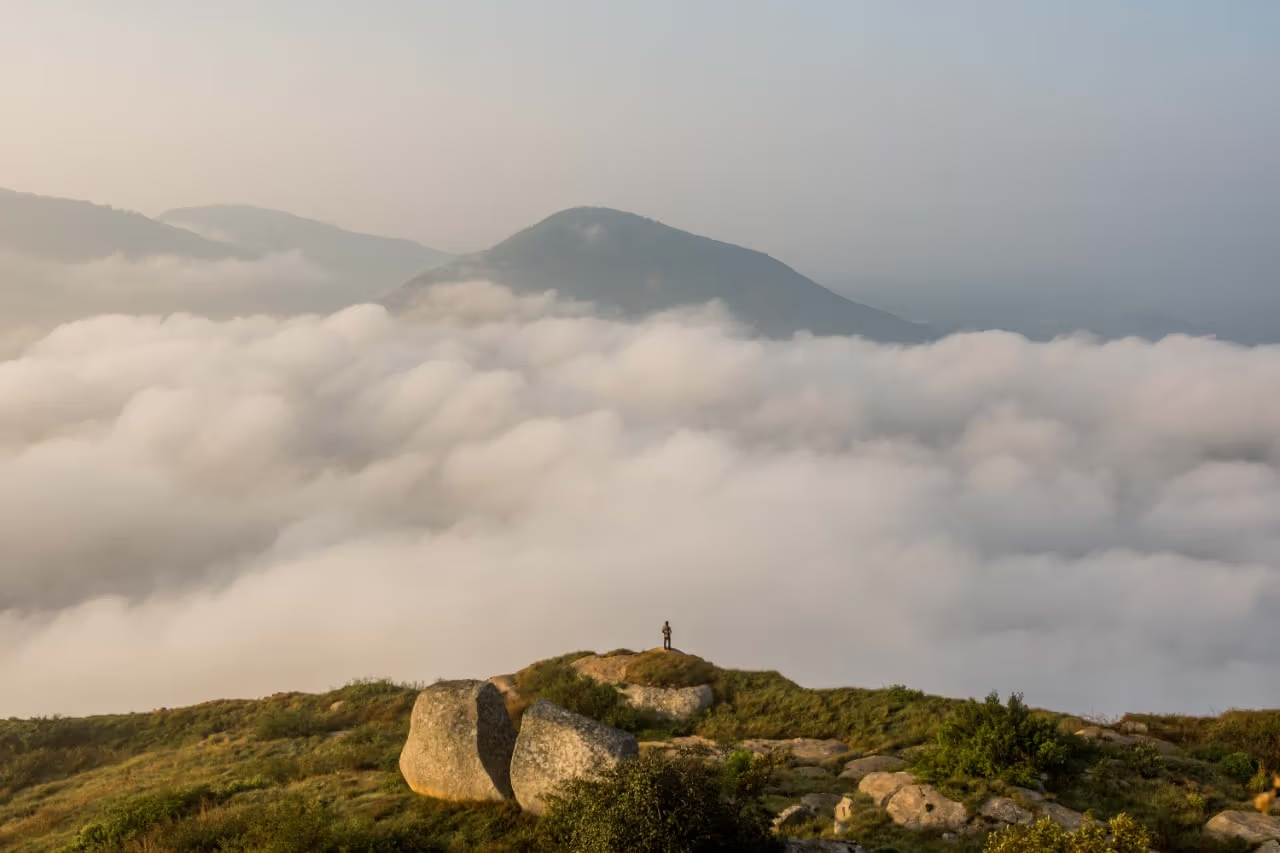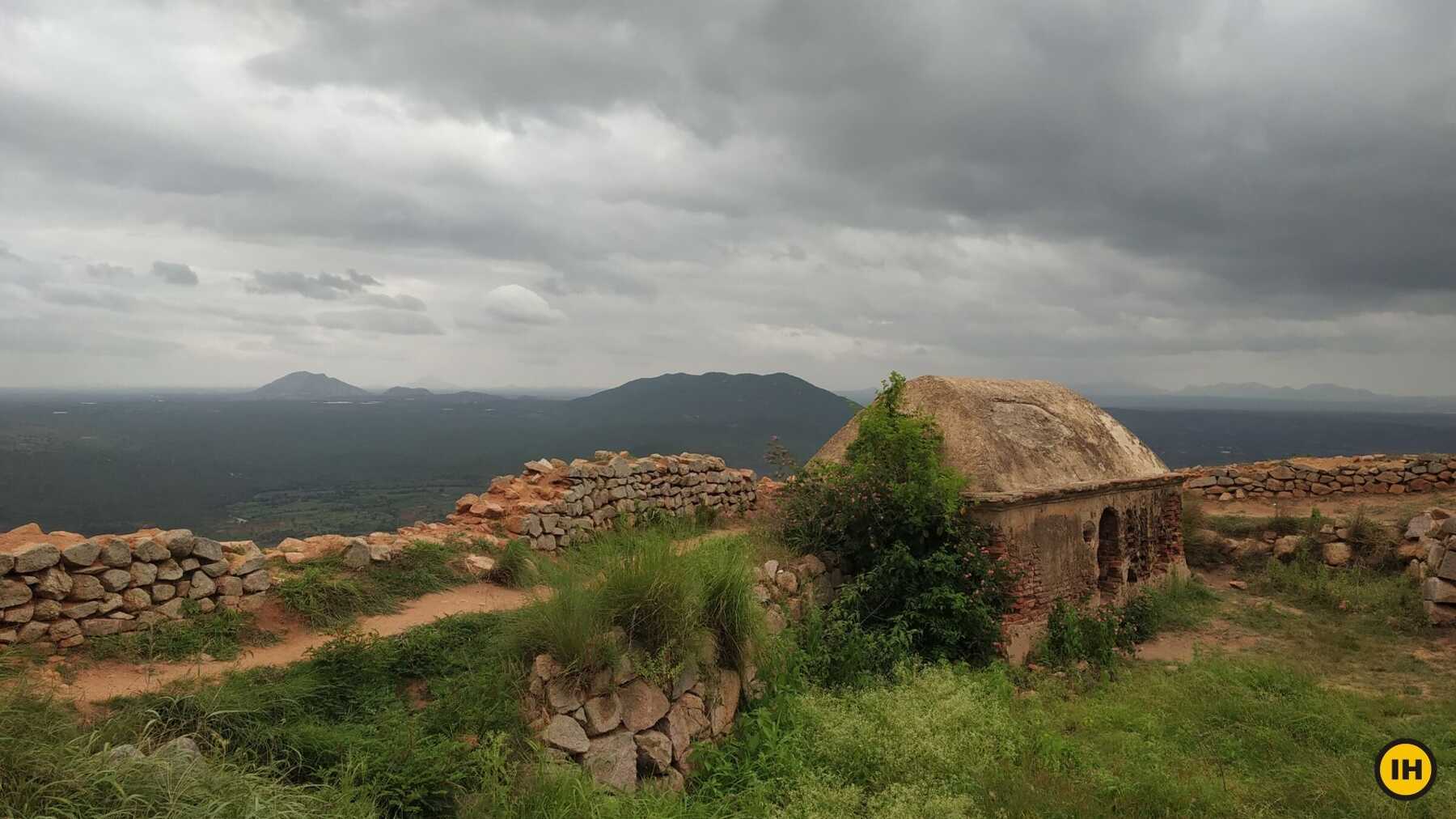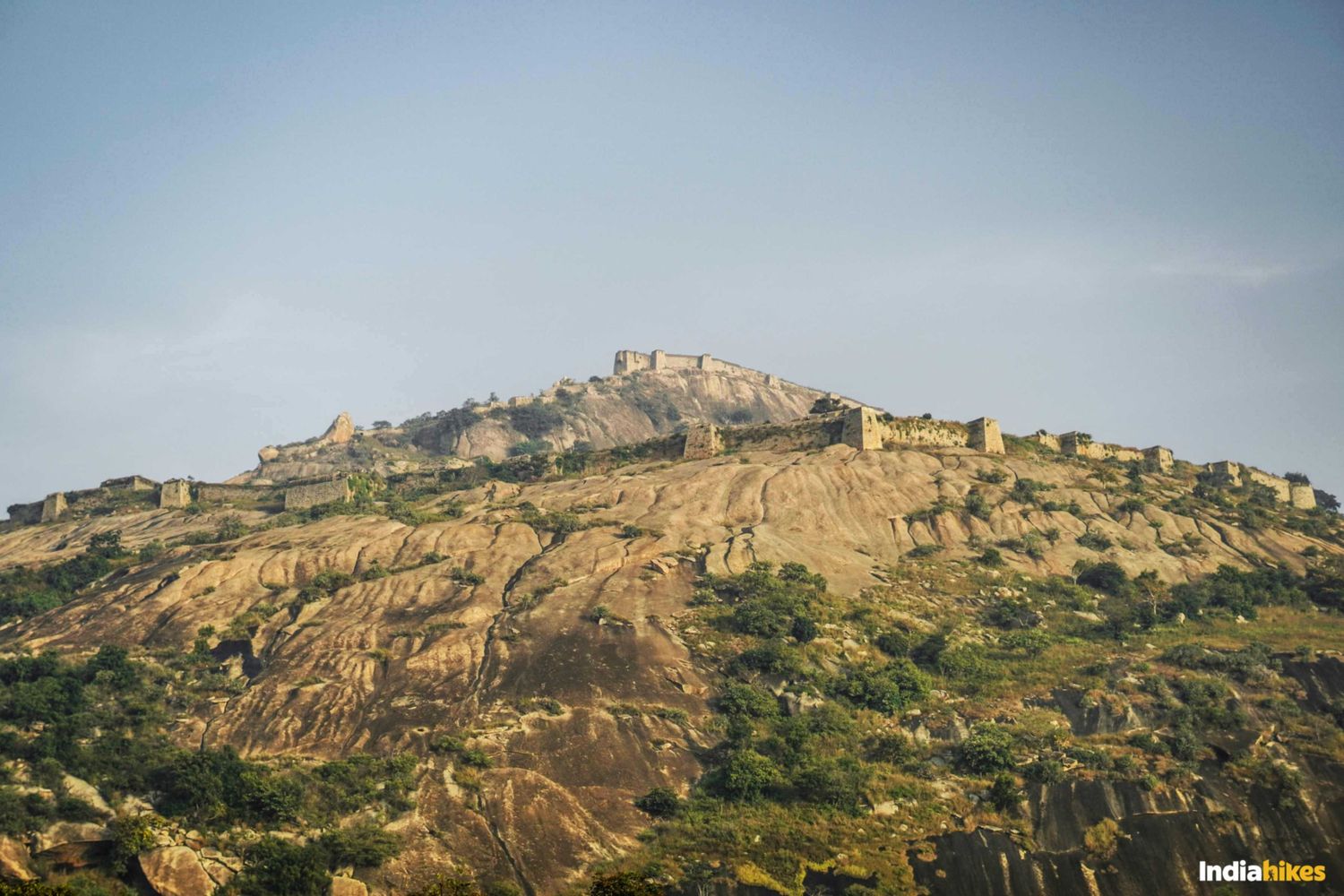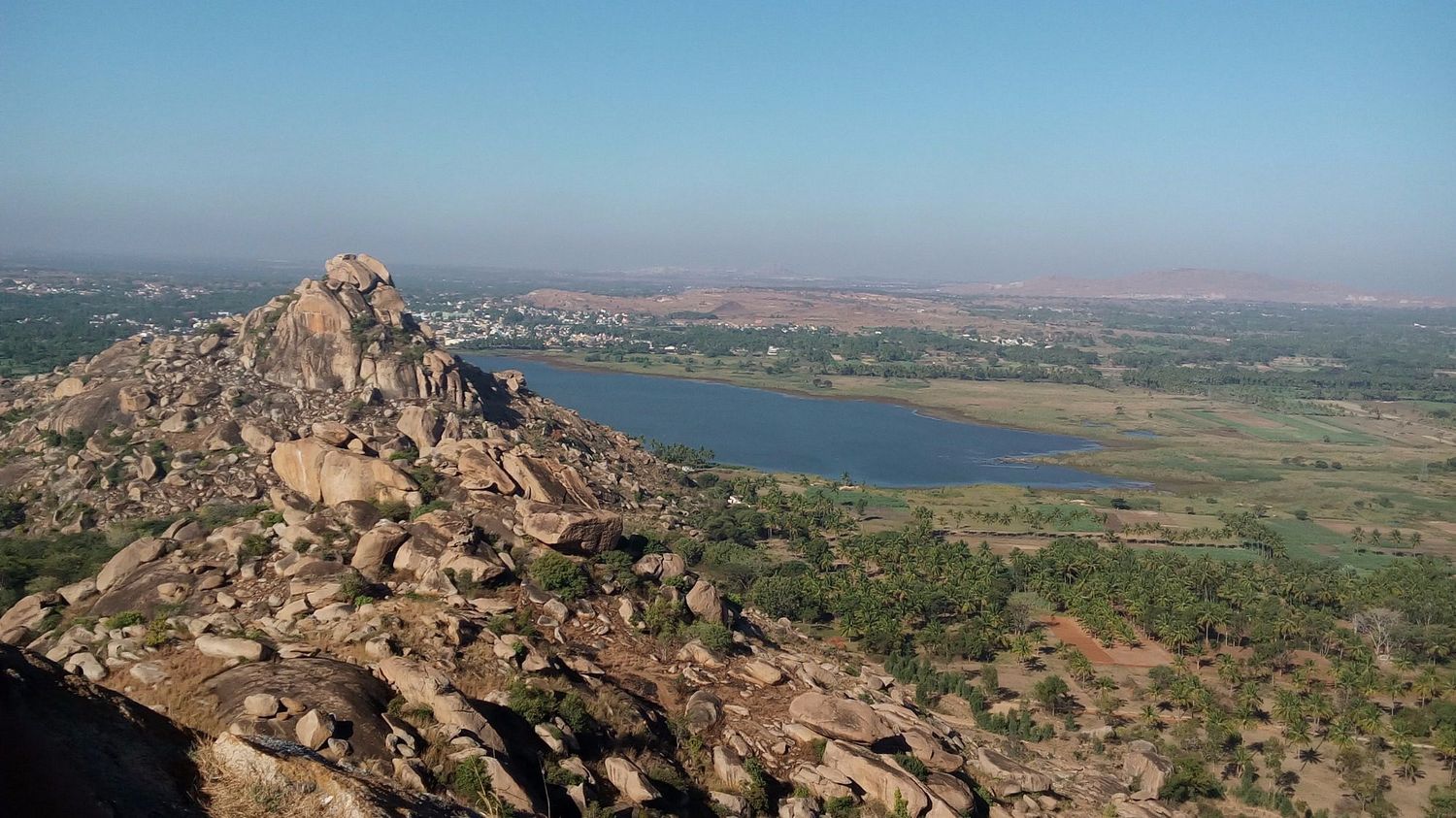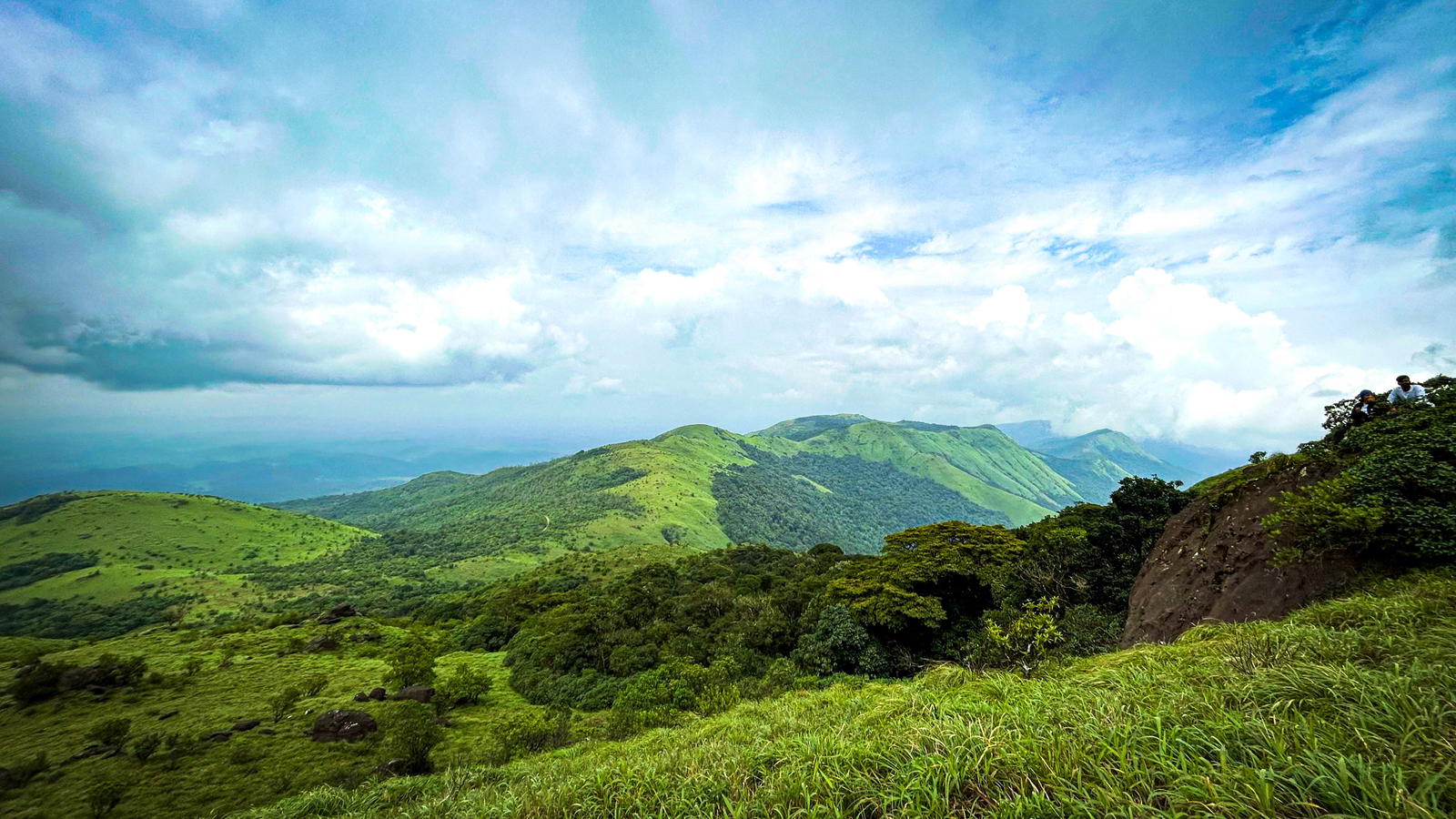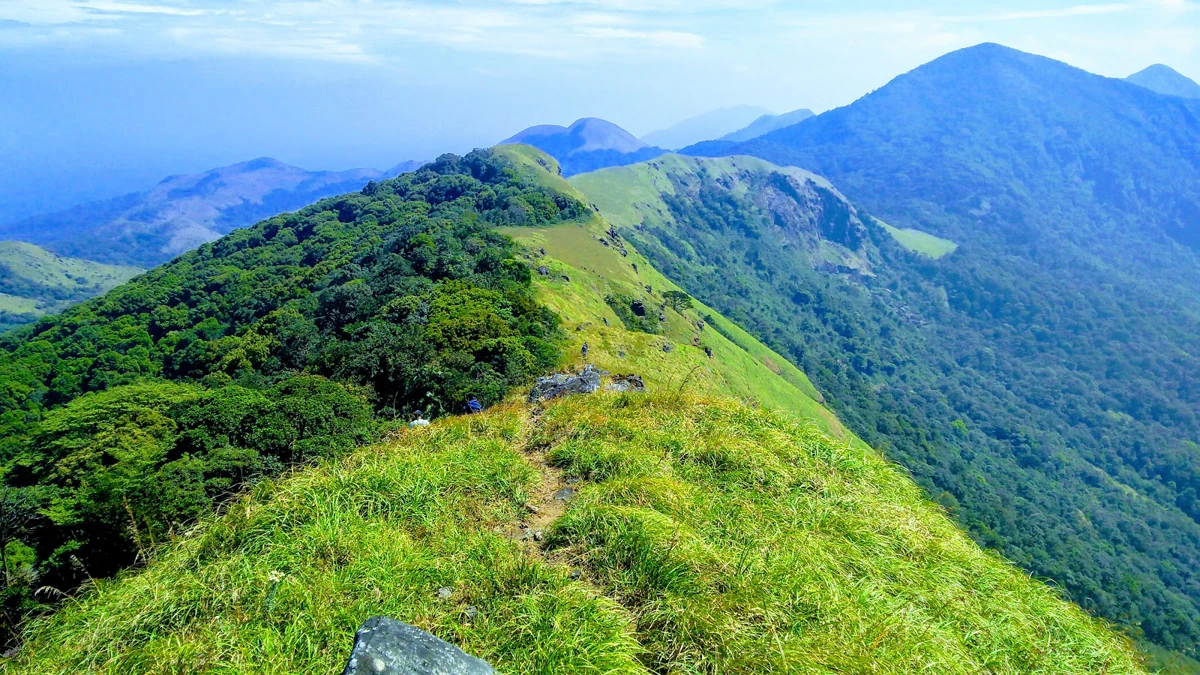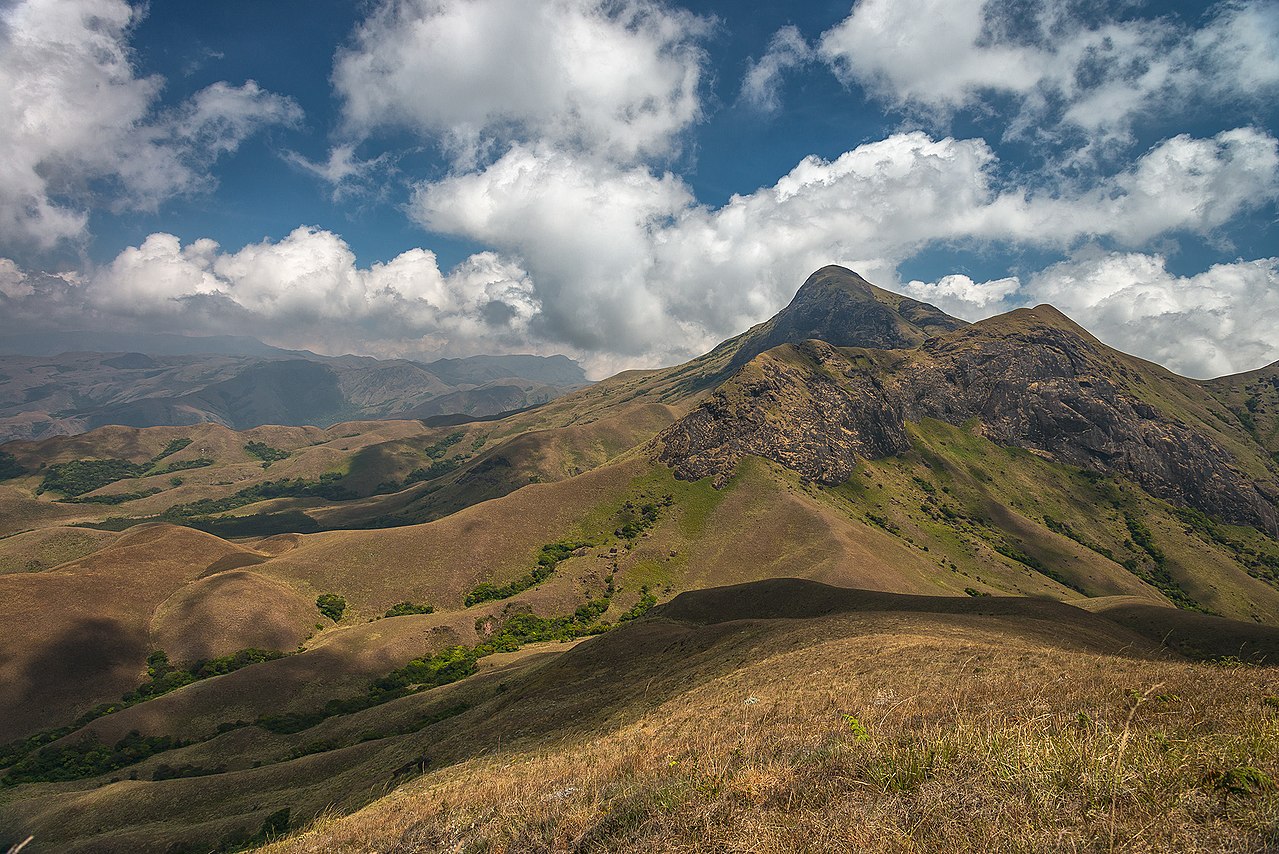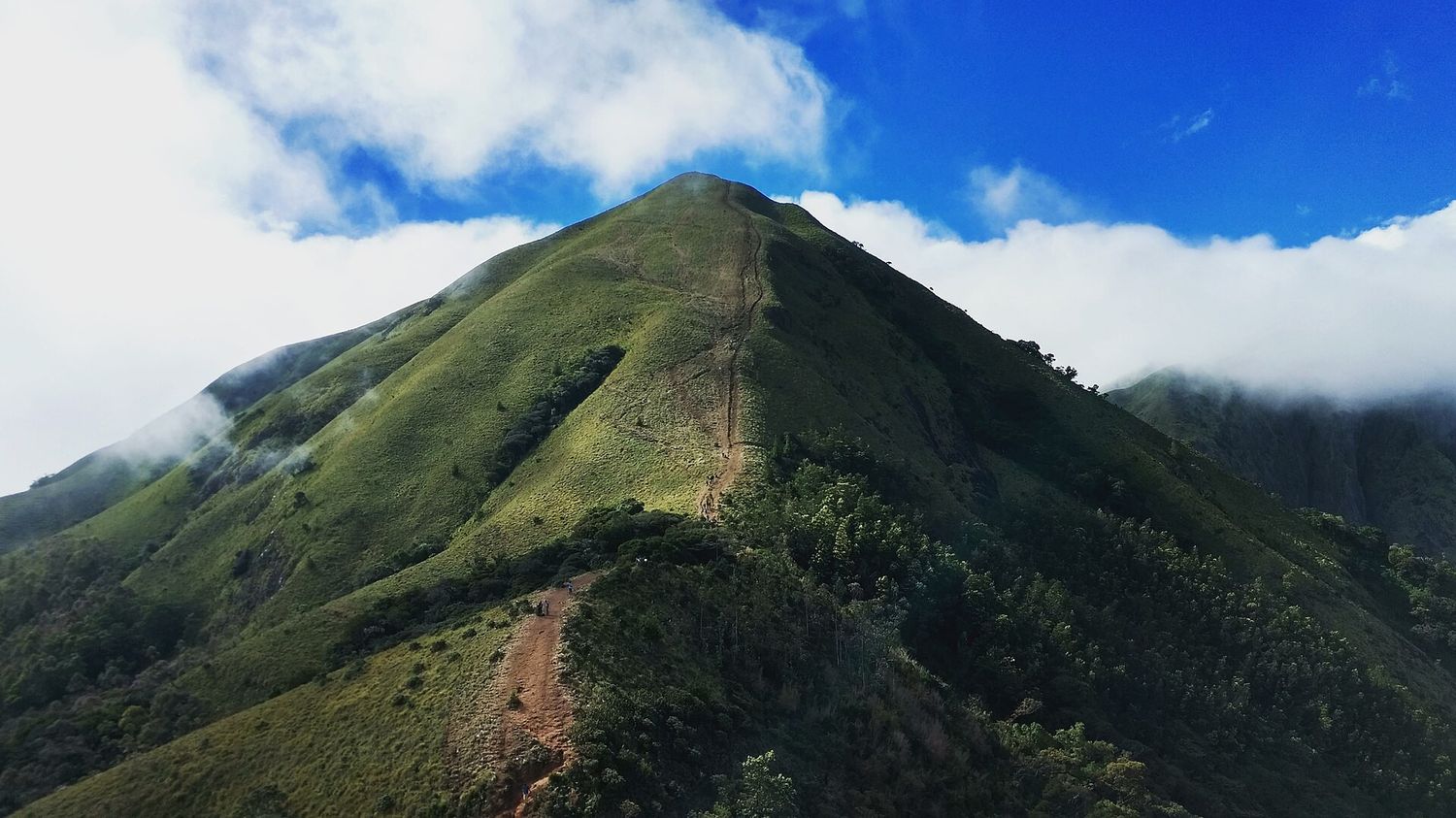Skandagiri Trek: A Magical Sunrise Above the Clouds
The Skandagiri Trek, also known as Kalavara Durga, is a popular night trek near Bangalore. Famous for its breathtaking sunrise view above the clouds, the trek takes you to a hilltop fort once used by Tipu Sultan. At 4,757 ft, this trek offers a short but thrilling adventure, combining history, nature, and panoramic landscapes. It’s a favorite weekend escape for Bangaloreans seeking a quick break from city life.
The Charm of Night Trekking
Starting the trek at midnight, you walk under starlit skies with the cool breeze guiding your way. The real magic happens at dawn, when the sun rises above a sea of clouds, painting the sky with shades of orange, pink, and gold.
Historical Significance
Skandagiri holds ruins of an old fort that once served as a strategic outpost for Tipu Sultan. While most of the fortifications are now in ruins, the trek offers a glimpse into Karnataka’s rich heritage.
Why Trekkers Love Skandagiri
- Easily accessible from Bangalore (just 2 hours away)
- Stunning sunrise above the clouds
- Blend of history, adventure, and nature
- Short and beginner-friendly trek
- Perfect weekend getaway for night trekking enthusiasts
